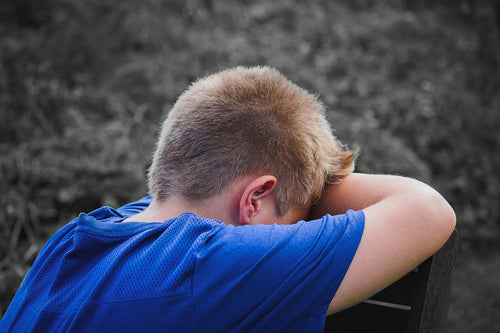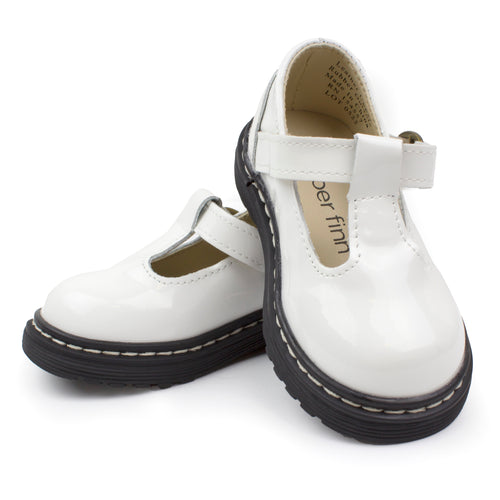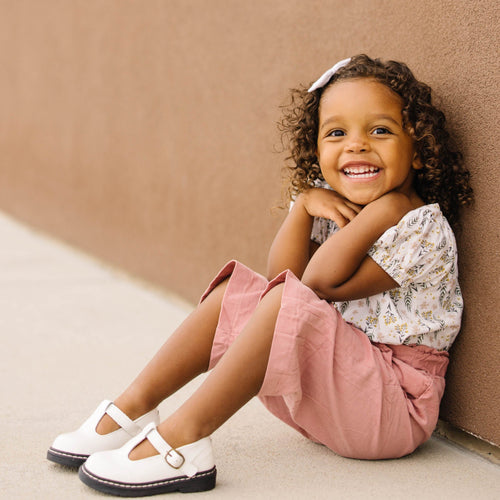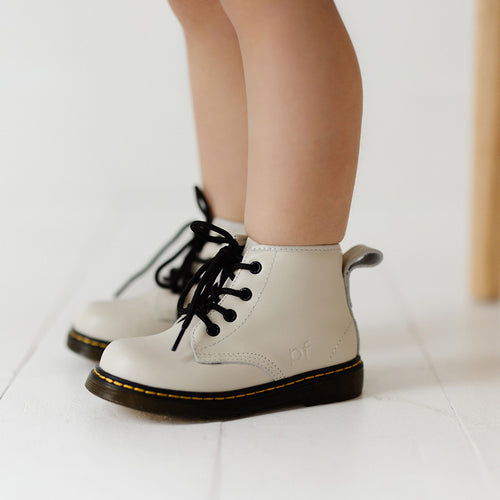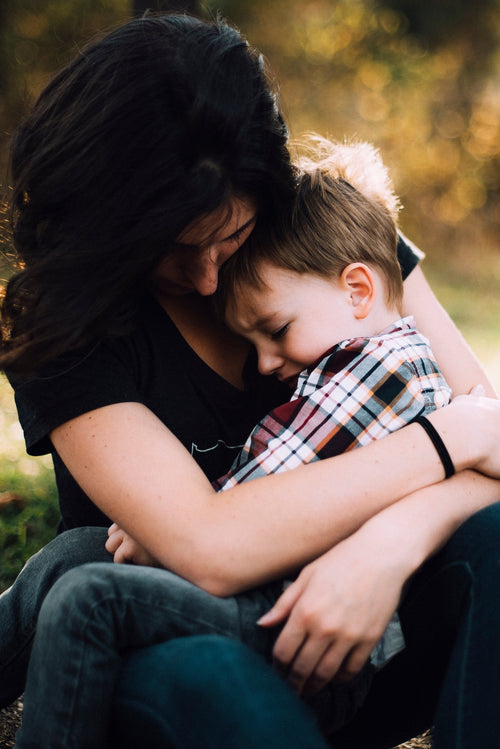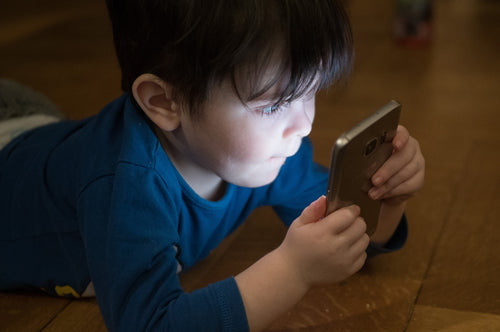Disciplining a child is an essential aspect of parenting and aims to guide them toward responsible and considerate behavior. However, it’s crucial to approach child discipline with a positive mindset and effective strategies. Employing the proper discipline techniques can significantly shape your child’s behavior and foster a healthy parent-child relationship.
In today’s Piper Finn blog post, we’ll explore effective strategies to discipline your child while emphasizing positive discipline and behavior management.
What is Child Discipline?
Child discipline involves guiding and teaching your child to make responsible choices, understand consequences, and develop self-control. It’s important to remember that discipline is not synonymous with punishment. Effective discipline should aim to educate and encourage desirable behavior rather than instill fear or resentment in the child.
What are the Principles of Positive Discipline?
Positive discipline is a philosophy that centers around mutual respect, communication, and understanding. It encourages parents to focus on teaching their children appropriate behavior instead of simply punishing misbehavior, and studies show it can positively impact children and decrease parental stress. Some fundamental principles of positive discipline include:
Encouraging Open Communication
One principle of positive discipline involves creating an environment where kids feel safe to express their thoughts and feelings. Listen actively and provide constructive feedback to nurture trust and understanding.
Being a Role Model
Children often imitate their parents’ behavior. Demonstrate the values and behaviors you want to instill in your child through your actions.
Using Positive Reinforcement
Praise and rewards can reinforce good behavior and motivate children to continue making positive choices. Celebrate their achievements and efforts.
Setting Clear Expectations
Establish clear rules and expectations for behavior. Ensure your child understands the boundaries and the consequences of their actions.
What Discipline Techniques Align with Positive Discipline Principles?
Some specific strategies and techniques that align with positive discipline principles for managing child behavior include:
Time-Outs
Time-outs will allow your child to calm down and reflect on their actions. However, it’s crucial to explain why the time-out is necessary and discuss the behavior that led to it.
Logical Consequences
Let the consequences of a child’s actions directly relate to the misbehavior. It will help them understand the cause-and-effect relationship and learn from their actions.
Reinforce Positive Behavior
Praise and reward good behavior to encourage its repetition. Simple gestures like verbal praise or small gifts can go a long way in reinforcing positive conduct.
Active Listening
When addressing misbehavior, take time to listen to your child’s perspective. Understanding their feelings and motivations can help you find appropriate solutions.
Time-In
Instead of isolating a child during challenging moments, try a time-in where you stay with them and provide comfort and support. Use this time to talk and help them manage their emotions.
Consistency is Key
Consistent discipline ensures that children understand the boundaries and expectations. It helps establish a sense of security and helps them understand acceptable behavior.
Offer Choices
Provide children with choices within appropriate boundaries. This gives them a sense of control and responsibility. For example, let them choose their bedtime within a reasonable timeframe. By offering choices, children feel empowered and are more likely to cooperate.
Should I Tailor Discipline to My Child’s Age and Developmental Stage?
Yes! Understanding your child’s age and developmental stage is vital for effective discipline. Techniques that work for a toddler may not be suitable for a teenager. Here’s a brief guide to tailor your discipline strategies:
- Toddlers and Preschoolers
Focus on redirection, positive reinforcement, and simple time-outs to manage their behavior effectively. Use gentle language and avoid lengthy explanations.
- School-Age Children
Employ a mix of logical consequences, time-outs, and positive reinforcement. Encourage open communication and involve them in setting family rules.
- Teenagers
Engage in open dialogue, allowing them to voice their opinions and concerns. Encourage problem-solving and decision-making while setting clear expectations and consequences.
Final Thoughts
Child discipline, grounded in positive discipline and behavior management, fosters a nurturing relationship and guides children to become responsible, respectful individuals. Effective discipline techniques can lead to a harmonious family dynamic, a strong parent-child bond, and well-adjusted children who can navigate the world confidently and well. Establishing clear expectations, using positive reinforcement, incorporating time-outs, maintaining consistency, and modeling desired behavior are vital aspects of successful child behavior management. Remember, discipline is about teaching and guiding, ultimately shaping your child into a well-rounded individual.
Image by Myriams-Fotos from Pixabay

